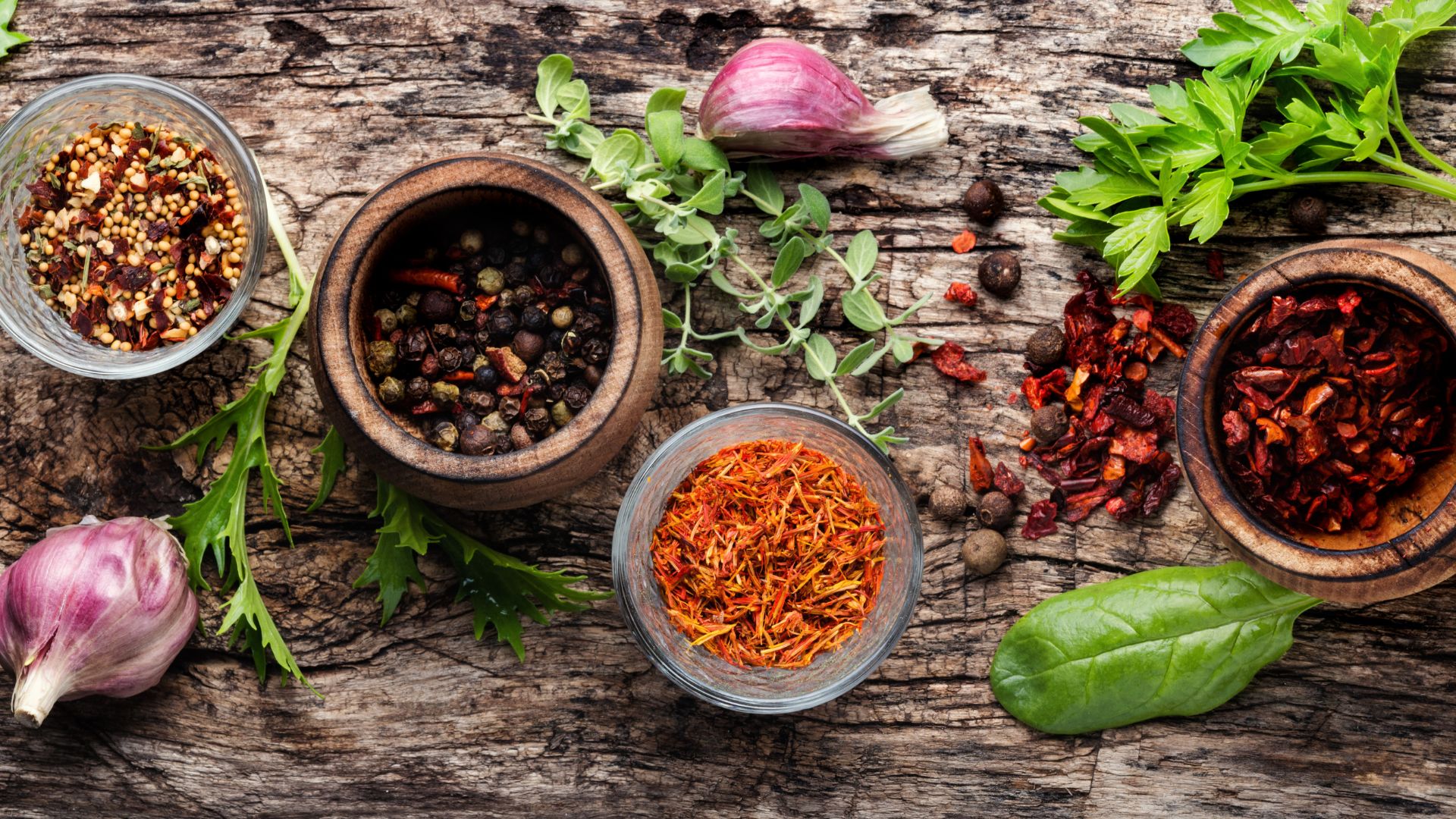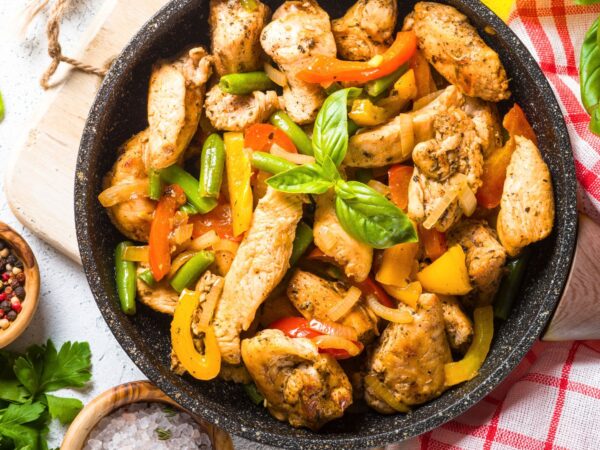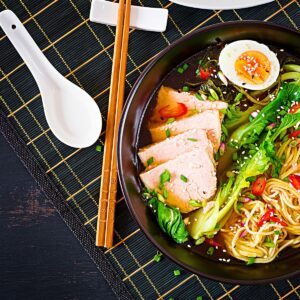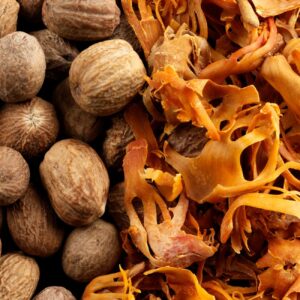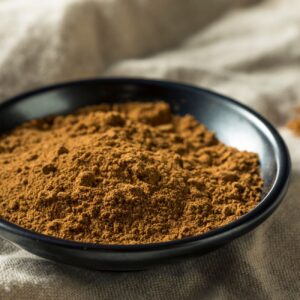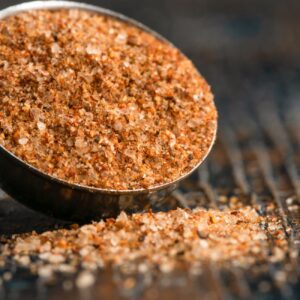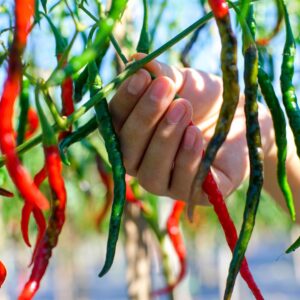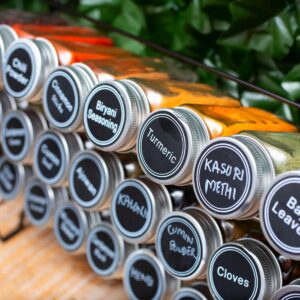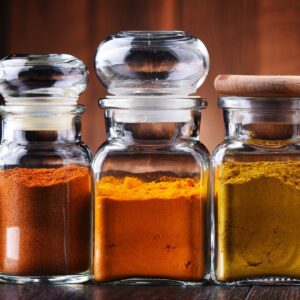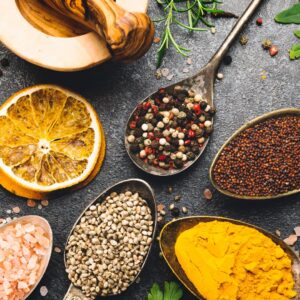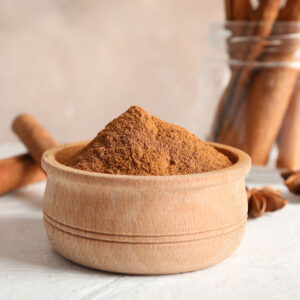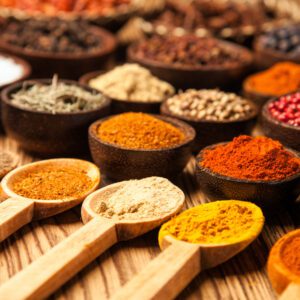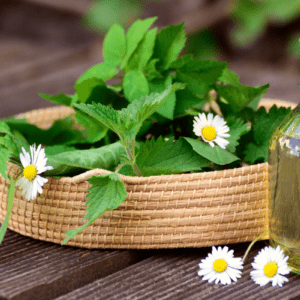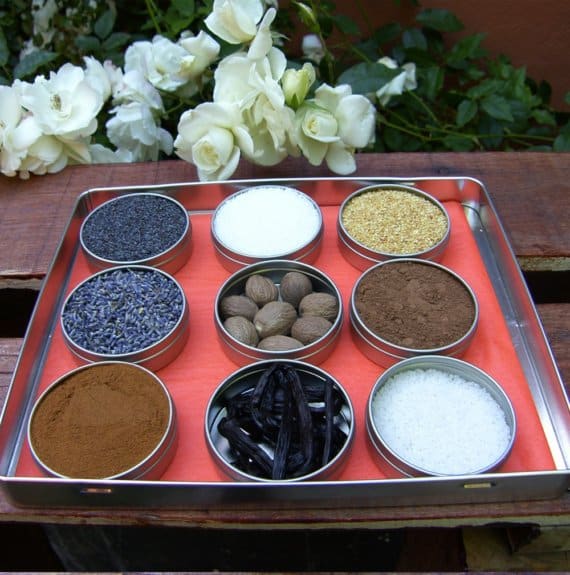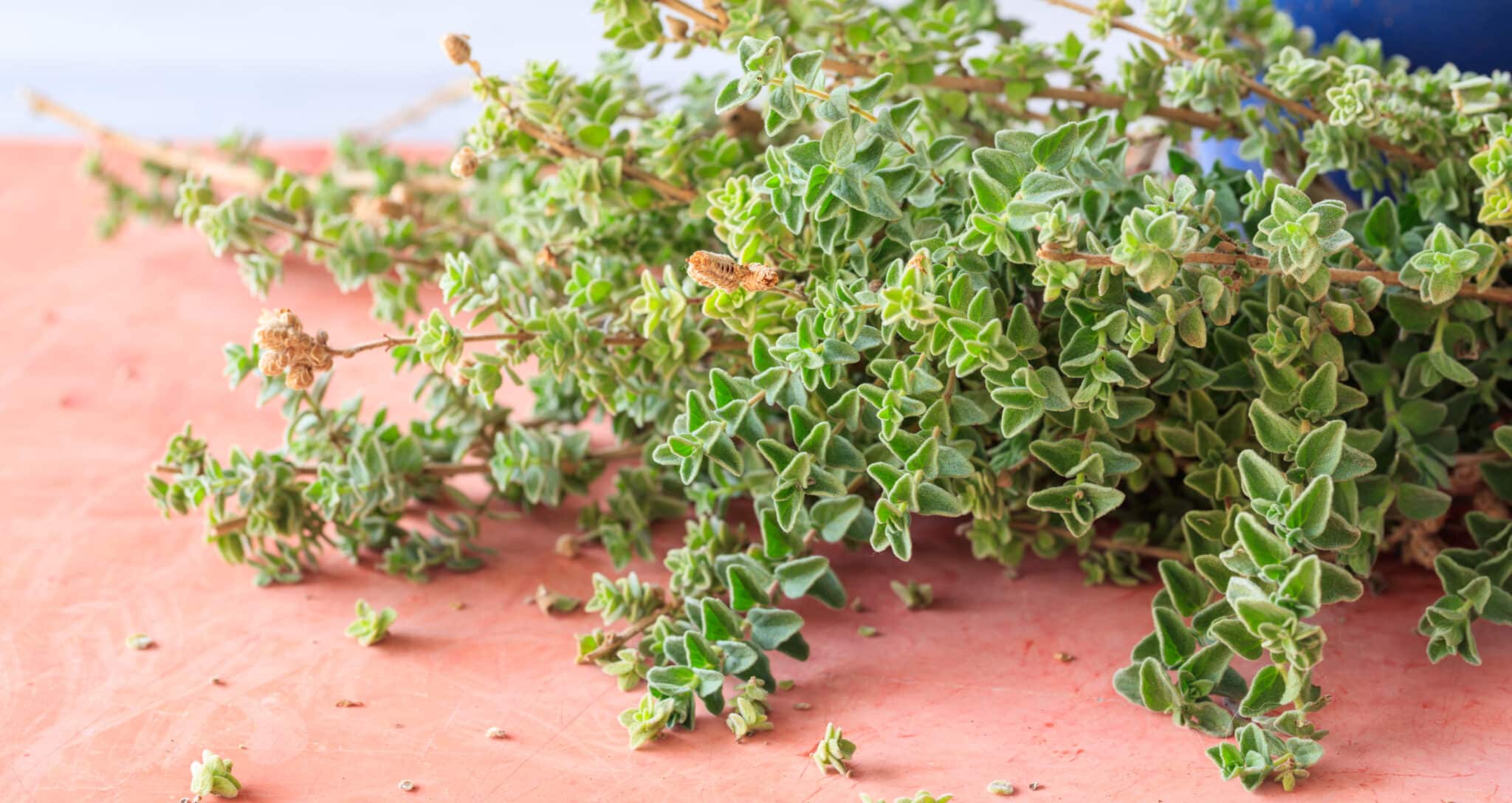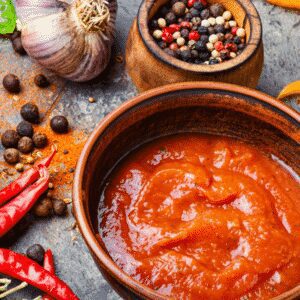The terms “herbs” and “spices” are often used interchangeably, but they represent distinct categories of flavor-enhancing ingredients. Understanding the difference between herbs and spices is essential for any aspiring chef or home cook looking to master the art of seasoning and flavoring dishes. In this article, we’ll explore the unique characteristics of herbs and spices, their culinary uses, and how they contribute to the rich flavors of dishes.
Defining Herbs and Spices
Herbs and spices are both derived from plants, but they come from different parts of the plant and have distinct flavor profiles.
Herbs are the leafy green parts of plants, such as leaves, stems, or flowers, that are used to add flavor, aroma, and color to dishes. They are typically used fresh but can also be dried for preservation. Herbs are known for their delicate and subtle flavors, often imparting freshness and brightness to dishes. Common culinary herbs include basil, parsley, cilantro, thyme, and rosemary.
Spices, on the other hand, are derived from other parts of the plant, such as seeds, bark, roots, or fruits, and are used to add depth, warmth, and complexity to dishes. Spices are usually dried and ground before use, although some, like ginger and turmeric, may also be used fresh. Spices are known for their bold and intense flavors, ranging from pungent and spicy to sweet and aromatic. Common culinary spices include cinnamon, cumin, paprika, ginger, and cloves.
Culinary Uses
Herbs and spices play distinct roles in cooking and are used in different culinary applications.
Herbs are often used to enhance the natural flavors of ingredients, brighten up dishes, and add freshness. They are commonly used in salads, soups, sauces, dressings, and as garnishes. Herbs are also popular in herb-infused oils, vinegars, and butters, adding depth and complexity to condiments and spreads.
Spices are used to add depth, complexity, and richness to dishes, as well as to impart warmth, sweetness, or heat. They are essential in marinades, rubs, curries, stews, and spice blends. Spices are also used in baking to flavor cakes, cookies, pies, and other sweet treats. Additionally, spices are often used in pickling, preserving, and fermenting foods to enhance their flavor and shelf life.
In summary, while both herbs and spices are derived from plants and are used to flavor dishes, they differ in their origin, flavor profile, and culinary uses. Herbs are prized for their delicate and fresh flavors, while spices are revered for their bold and intense flavors. By understanding the distinction between herbs and spices and how to use them effectively in cooking, you can elevate your culinary creations and unlock a world of flavor possibilities in the kitchen.
Mixing Spices and Herbs Together
Several popular dishes from various cuisines showcase the artful blending of herbs and spices to create flavorful culinary experiences:
Curry: A staple in Indian cuisine, curry is a vibrant and aromatic dish made with a blend of spices such as cumin, coriander, turmeric, and fenugreek, along with fresh herbs like cilantro and mint. Whether it’s a rich and creamy tikka masala or a spicy vindaloo, curry dishes showcase the complex interplay of herbs and spices.
Herbes de Provence Roast Chicken: This classic French dish features a whole chicken seasoned with a fragrant blend of herbs de Provence, typically including thyme, rosemary, marjoram, savory, and lavender flowers. These herbs infuse the chicken with a rustic yet delicate flavor, creating a comforting and aromatic meal.
Chili Con Carne: A hearty Tex-Mex dish, chili con carne combines ground beef, beans, tomatoes, and onions with a medley of spices such as chili powder, cumin, paprika, and oregano. The blend of spices adds depth and complexity to the dish, resulting in a bold and flavorful chili that’s perfect for chilly nights.
Tagine: A traditional North African stew, tagine features tender meat, vegetables, and dried fruits cooked slowly in a flavorful broth seasoned with a mix of spices like cinnamon, cumin, ginger, and saffron. Fresh herbs like cilantro and parsley are often added at the end to brighten the dish.
Garam Masala-Spiced Roasted Vegetables: This vegetarian dish features a colorful array of roasted vegetables seasoned with garam masala, a fragrant spice blend commonly used in Indian cuisine. Garam masala typically includes spices like cinnamon, cardamom, cloves, and nutmeg, lending a warm and aromatic flavor to the roasted vegetables.
Pumpkin Pie: A classic dessert for fall and winter holidays, pumpkin pie is made with a spiced custard filling featuring a blend of cinnamon, ginger, nutmeg, and cloves. These spices infuse the pie with a cozy warmth and irresistible aroma, making it a beloved treat for festive gatherings.
Many people throughout the world love spicy food. Countries around the globe serve meals flavored with hot peppers. But which peppers rank the hottest? Check out this post and find out! Cooking With the World’s Hottest Peppers

